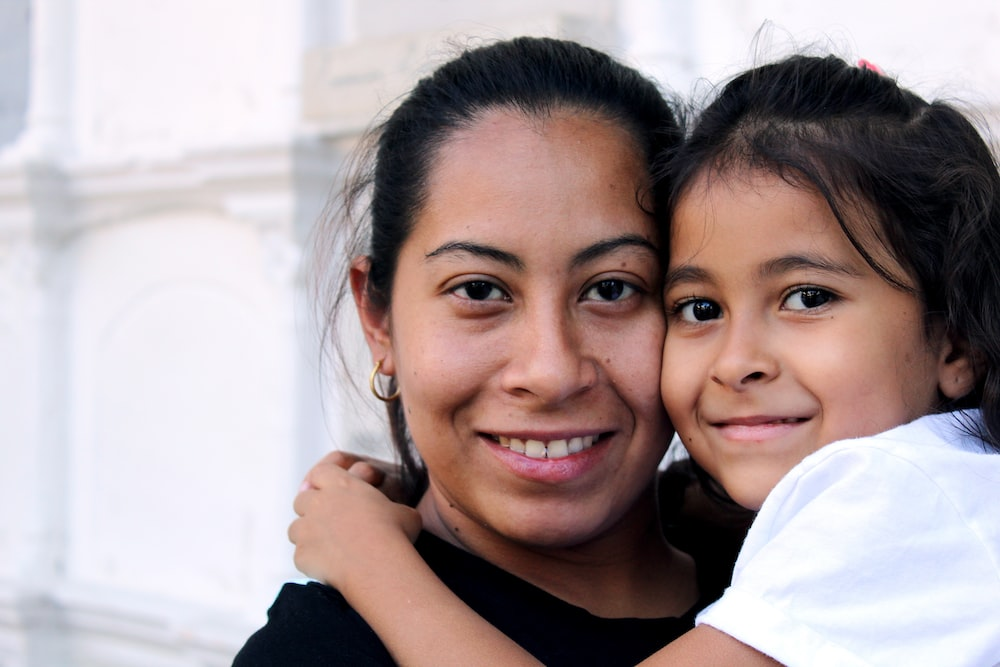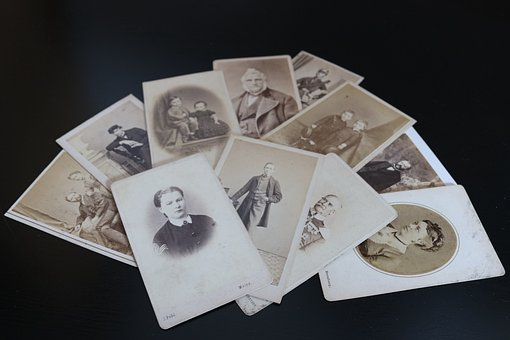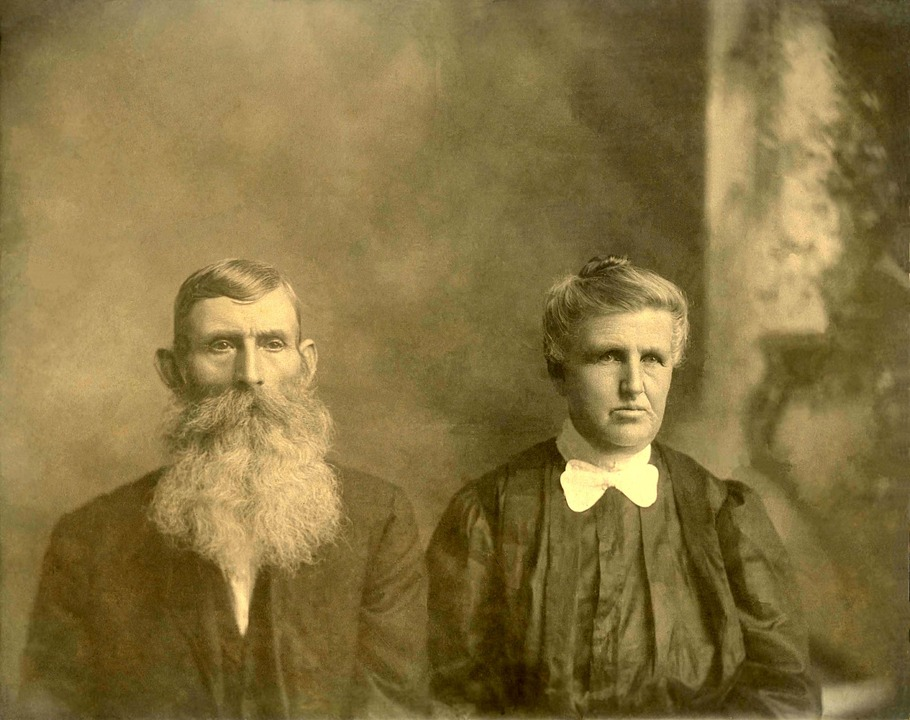-
According to the Adoption Network, around 135,000 children in the US are adopted every year. This essentially means that a significant percentage of the American population is either adopted or has some experience with adoption through a close friend or family
-
Family photos are an essential part of your genealogy research, so the more you have, the better it is. The right photo collection can breathe life into your family tree, helping you put faces to the names and learn about
-
For many of us, our African American heritage is a significant source of pride as it signifies courage, resilience, and perseverance against massive human rights violations due to racial and ethnic discrimination. One way to really celebrate your heritage is
-
Spend time going through family photographs, letters, postcards, and other items with your children, pointing out family members and their relationships.
-
Checking catholic marriage records can provide clues about your family’s ancestral origins, as they often include information about the bride and groom’s hometowns. Things To Consider When Researching Your Latino Ancestry
-
Did you know the Hispanic and Latino communities are growing at one of the fastest rates of any US demographic? The immense diversity of these communities is evident when you consider they’ve migrated from a wide range of countries in
-
Genealogy societies are an incredible resource for genealogists and family historians. Beginners can, of course, learn a lot from these societies; however, advanced-level researchers can also benefit in several ways by being members. There are several genealogy societies across the world;
-
If you’re familiar with our country’s history, you might’ve heard how deeply it’s interwoven with immigration from France. According to the Census Bureau, French immigrants came to our shores as far back as the 16th century and have substantially shaped our
-
Building your family tree can be really fun, but not all family trees are built equally. Some are definitely more detailed and organized than others, and the difference typically lies in the level of experience and expertise involved. For instance, a








